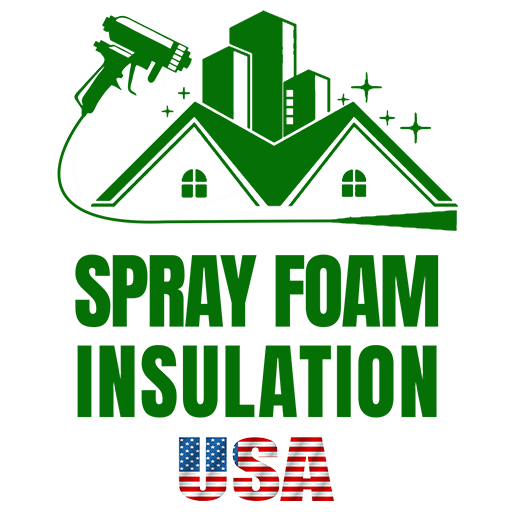When it comes to insulating your home or commercial property, choosing the right type of spray foam insulation is crucial. Closed cell spray foam and open cell spray foam are two popular options that offer unique advantages. In this guide, we’ll explore the key differences between closed cell and open cell spray foam, helping you make an informed decision for your insulation needs.
Definition of Closed Cell Spray Foam
Closed cell spray foam is a dense and rigid insulation material. It is composed of cells that are completely closed, resulting in a higher R-value and improved resistance to moisture and air leakage. This makes closed cell spray foam an excellent choice for both insulation and vapor barrier purposes.
Definition of Open Cell Spray Foam
Open cell spray foam, on the other hand, is a lightweight and flexible insulation material. It features cells that are not fully closed, allowing for better sound absorption. While open cell spray foam has a lower R-value compared to closed cell foam, it excels in providing thermal insulation while allowing for moisture vapor transmission.
Comparison of Insulation Properties
In terms of insulation properties, closed cell spray foam provides exceptional thermal performance. It creates an effective air barrier, minimizing heat transfer and reducing energy costs. Open cell spray foam also offers good insulation capabilities, particularly in soundproofing by absorbing airborne noise and reducing echoes within a space.
Comparison of Density and R-Value
One significant difference between closed cell and open cell spray foam is their density. Closed cell spray foam has a higher density, making it more rigid and providing structural support. On the other hand, open cell spray foam has a lower density, resulting in a softer and more flexible material.
The R-value is a measure of insulation’s thermal resistance, indicating its ability to resist heat flow. Closed cell spray foam typically has a higher R-value per inch compared to open cell foam. This means that closed cell foam can provide a higher level of insulation with less material.
Pros and Cons of Closed Cell Spray Foam
Closed cell spray foam offers several advantages. It provides excellent insulation, acts as an air and moisture barrier, and enhances structural integrity. Closed cell foam is also highly resistant to mold and doesn’t provide a food source for pests. However, its higher cost and greater thickness requirements can make it less suitable for some applications.
Pros and Cons of Open Cell Spray Foam
Open cell spray foam has its own set of advantages. It is a more cost-effective option, making it suitable for larger insulation projects. Open cell foam is also highly effective at reducing sound transmission, making it ideal for noise control applications. However, its lower R-value per inch and permeability to moisture may limit its usage in certain circumstances.
Installation Methods for Closed Cell Spray Foam
The installation process for closed cell spray foam typically involves mixing the two component chemicals, which then combine to form the foam. It is applied directly to the target area using specialized equipment. The foam expands to fill in gaps and creates a seamless insulation layer.
Installation Methods for Open Cell Spray Foam
Open cell spray foam is installed using a similar method as closed cell foam. However, the foam expands more rapidly, resulting in a softer texture. The installation process is relatively straightforward, making it efficient for large-scale projects.
Cost Comparison
When considering the costs of closed cell and open cell spray foam, it’s important to account for initial installation expenses and long-term savings. Closed cell foam tends to have a higher upfront cost due to its higher density and superior insulation properties. However, its energy-saving benefits can offset the initial investment over time. Open cell foam, with its lower density and cost, may be more budget-friendly for some projects.
Conclusion
Choosing between closed cell and open cell spray foam insulation depends on your specific needs and priorities. Closed cell foam provides superior insulation and air barrier properties, making it ideal for moisture-prone areas and structural applications. Open cell foam, though offering a lower R-value, excels in soundproofing and cost-effectiveness. Partnering with a reputable insulation contractor like Spray Foam Insulation USA ensures professional installation and optimal performance. Contact us today to discuss your project and discover the perfect spray foam insulation solution for your home or commercial property.
Remember, when it comes to energy efficiency, comfort, and reducing environmental impact, spray foam insulation is the practical choice for commercial and residential clients in New York and New Jersey.





